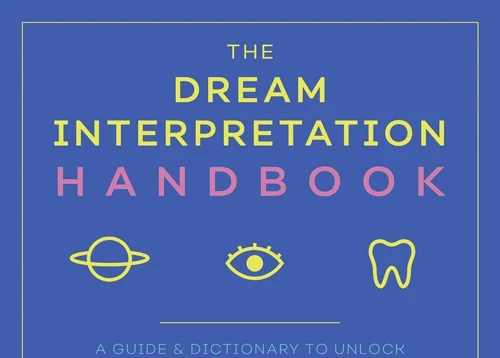Dreams have long captivated the human imagination, evoking a sense of wonder and intrigue. Amidst the realm of slumber, our minds transport us to extraordinary places, revealing insights into our deepest desires, fears, and emotions. Unlocking the secrets of dreams has been a fascination for centuries, and various theories have emerged to explain their meaning and significance. In this comprehensive exploration, we delve into the intricate world of dreams, uncovering the mysteries that lie within. From psychological perspectives to neurobiological insights and cultural interpretations, we embark on a journey to understand the multifaceted nature of dreams and the role they play in shaping our lives. Join us as we navigate the enigmatic terrain of dream theories and attempt to unravel the hidden truths that lie within the confines of our nocturnal visions.
The Importance of Dreams
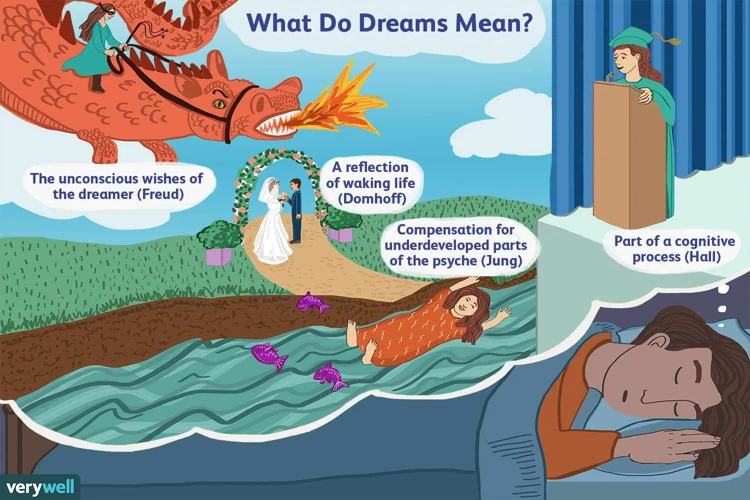
Dreams hold a significant place in human existence, often serving as a gateway into our subconscious minds. They offer a unique lens through which we can explore and understand our deepest thoughts, emotions, and desires. Many cultures and belief systems throughout history have assigned great importance to dreams, considering them to be a source of divine messages or spiritual insights. The study of dream interpretation has been a subject of fascination for psychologists, anthropologists, and philosophers alike. From Freudian and Jungian theories to more contemporary perspectives such as cognitive dream theory and the activation-synthesis theory, various approaches attempt to unveil the hidden meanings encapsulated within our dreams. By unraveling the secrets held within our nocturnal visions, we gain a deeper understanding of ourselves and the world in which we live.
Dream Interpretation
Dream interpretation is a longstanding practice that seeks to decipher the hidden messages and meanings embedded in our dreams. From ancient civilizations to modern times, individuals have sought to unravel the enigmatic language of dreams, believing that they offer insights into our subconscious thoughts, emotions, and experiences. While there are varied approaches to dream interpretation, many involve examining the symbols, themes, and emotions present in dreams to gain a deeper understanding of their significance. Whether through personal reflection, the guidance of psychoanalysts, or the exploration of cultural and spiritual beliefs, dream interpretation allows us to tap into the rich tapestry of our unconscious mind and unlock the profound wisdom contained within our dreams.
Psychological Perspectives
Psychological perspectives on dreams delve into the intricate workings of the human mind and aim to decipher the hidden meanings behind our nocturnal experiences. One prominent approach is dream interpretation, which seeks to understand the symbolism and significance embedded within our dreams. This dream interpretation process involves analyzing dream images, themes, and emotions to uncover their underlying messages and unconscious desires. Additionally, psychologists explore dreams through the lens of personal experiences and memories, examining how they may reflect unresolved conflicts or unmet needs in waking life. By delving into the psychological depths of our dreams, we gain valuable insights into our subconscious selves and the intricate workings of the human psyche.
Symbolic Analysis
Symbolic analysis is an approach to dream interpretation that focuses on the symbolism present in our dreams. According to this perspective, elements and events in dreams are not to be taken literally but rather seen as representations of deeper meanings. For example, dreaming about flying might symbolize a sense of freedom or liberation, while dreaming about water could represent emotional or spiritual aspects of our lives. Symbols can vary from person to person, as they are often influenced by personal experiences, cultural backgrounds, and individual beliefs. By engaging in symbolic analysis, we can uncover the hidden messages and metaphors contained within our dreams and gain valuable insights into our subconscious minds. If you’re interested in exploring more about dream interpretation and deciphering the symbolic language of your dreams, you can find useful resources here.
Freudian Dream Theory
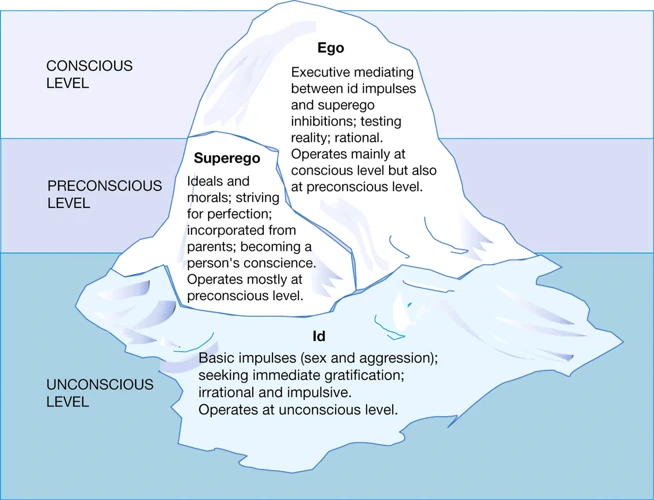
Freudian dream theory, developed by renowned psychoanalyst Sigmund Freud, delves into the depths of the unconscious mind. According to Freud, dreams are a pathway to our repressed desires, fears, and impulses. He believed that dreams serve as a means of wish fulfillment, allowing us to satisfy our unconscious desires that are otherwise suppressed in waking life. Freud’s theory introduced concepts such as the manifest content, which refers to the literal storyline of the dream, and the latent content, which represents the hidden, symbolic meaning. Through his method of dream analysis and free association, Freud aimed to decode the complex symbolism embedded in dreams, offering insights into our unconscious conflicts and desires. While Freud’s theories may have faced criticism and evolved over time, his contributions to the field of dream interpretation have left a lasting impact on how we understand the fascinating realm of dreams.
Jungian Dream Theory
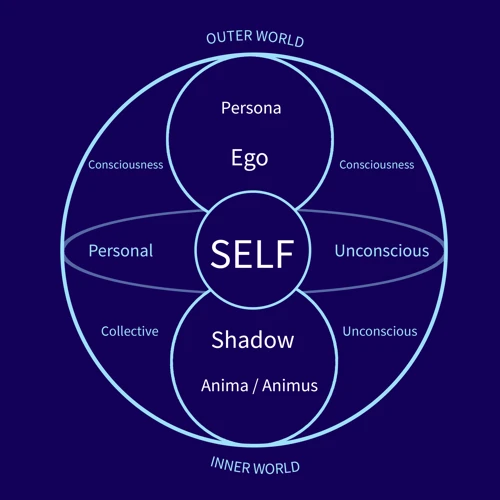
Jungian dream theory, developed by the renowned Swiss psychiatrist Carl Jung, delves into the collective unconscious and the archetypal imagery that permeates our dreams. According to Jung, dreams can offer valuable insights into our personal and collective psyches, transcending individual experiences. The concept of the collective unconscious suggests that we inherit a deeper shared consciousness, comprising universal symbols and motifs that recur across cultures and generations. Within this framework, dreams serve as a way to communicate with and explore these archetypes, which represent fundamental aspects of human existence. By analyzing and interpreting the symbolism present in our dreams, Jungian dream theory helps us gain a greater understanding of ourselves, our relationships, and the underlying forces that shape our lives.
Collective Unconscious
The concept of the collective unconscious is a cornerstone of Jungian dream theory. It suggests that our dreams are not just personal reflections but also incorporate symbols and archetypes that are universally shared among all humans. According to Jung, these symbols and archetypes stem from a deep collective pool of knowledge and experiences that have been passed down through generations. They tap into a wellspring of shared human experiences, representing common themes, emotions, and images that have persisted throughout time. By exploring the collective unconscious, we gain insight into the universal aspects of the human psyche and the interconnectedness of our dreams and experiences. This understanding allows us to comprehend the deeper layers of meaning within our dreams, transcending the boundaries of individuality and connecting us to a broader human tapestry.
Archetypes
Archetypes play a significant role in Jungian dream theory. These universal symbols and patterns exist in the collective unconscious, transcending cultural boundaries and appearing in dreams as archetypal images. Carl Jung believed that archetypes represent fundamental aspects of human experience, such as the hero, the shadow, the wise old man, and the anima/animus. These archetypes tap into the deep well of human knowledge, providing insights and guidance through dreams. They serve as a reservoir of shared human experiences, carrying profound meaning and often offering transformative messages. By recognizing and interpreting these archetypal symbols in our dreams, we gain a deeper understanding of ourselves and our place in the world.
Cognitive Dream Theory
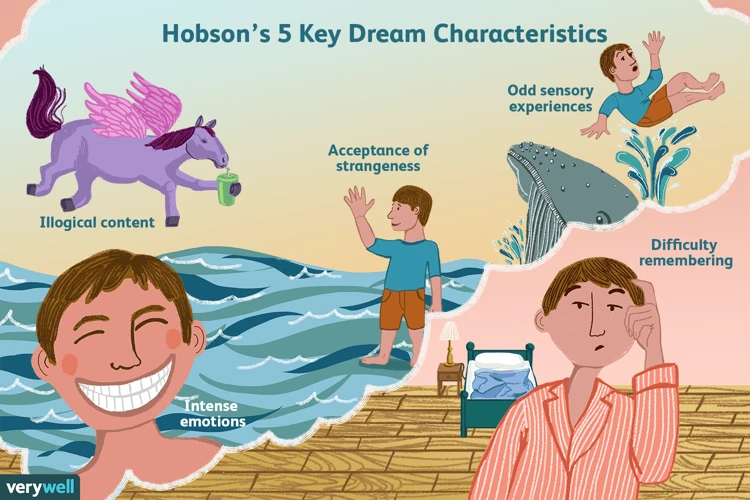
Cognitive Dream Theory offers a unique perspective on the purpose and function of dreams within the realm of cognition. This theory posits that dreams are a manifestation of our brain’s information processing capabilities and its attempt to make sense of our experiences and memories. During sleep, our brain processes, consolidates, and stores the vast amount of information it receives throughout the day. According to this theory, dreams serve as a way for our minds to organize and categorize this information, allowing us to better navigate and understand our waking world. Additionally, cognitive dream theory suggests that dreams can play a role in problem-solving and creativity, as the brain explores different scenarios and possibilities within the confines of the dream state. By delving into the depths of our cognitive processes, cognitive dream theory provides valuable insights into the intricate mechanisms that shape our dreams and their potential impact on our waking lives.
Information Processing
One fascinating theory of dream interpretation is the concept of information processing. According to this perspective, dreams serve as a mechanism for our brains to process and organize the vast amount of information we encounter during waking hours. During sleep, our minds actively sort through memories, thoughts, and experiences, discarding irrelevant information and reinforcing vital knowledge. Dreams may provide a symbolic representation of this process, manifesting as fragmented scenarios or intertwined narratives that reflect our brain’s efforts to make sense of the day’s events. This theory suggests that dreams act as a cognitive tool, aiding in the consolidation and integration of new information into our existing knowledge framework. By examining the content and patterns of our dreams, we can gain insights into the workings of our subconscious minds and unravel the intricate layers of information processing taking place within.
Problem-Solving
In the realm of dreams, one intriguing perspective is that they can serve as a platform for problem-solving. During sleep, our minds have the opportunity to process and contemplate complex challenges we face in our waking lives. Research suggests that dreams may provide a space for our brains to work through problems, allowing for creative thinking and insight. When we dream, our brains have the freedom to explore different possibilities and scenarios, unconstrained by the limitations of reality. This process may lead to innovative solutions, fresh perspectives, and aha moments upon waking. Whether it’s a professional dilemma, an interpersonal conflict, or a personal struggle, dreams can offer a transformative space for problem-solving and navigating the complexities of life. By tapping into the often elusive realm of dreams, we may find the inspiration and wisdom needed to face and conquer our challenges.
Activation-Synthesis Theory
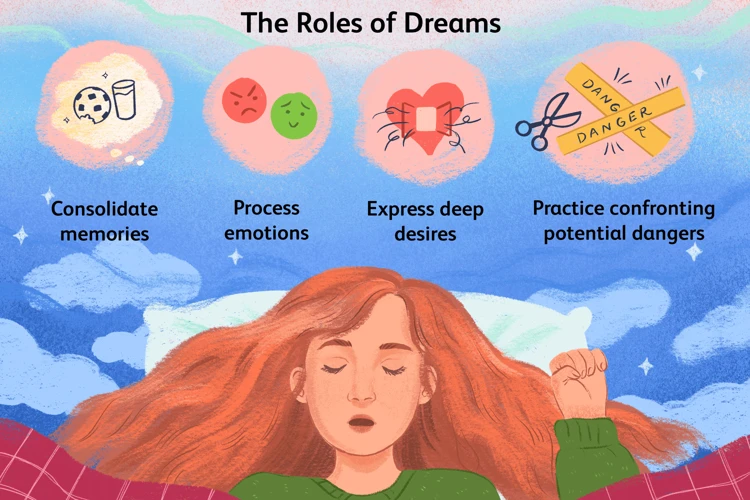
The presents a unique perspective on the nature of dreams. Proposed by Allan Hobson and Robert McCarley in the 1970s, this theory suggests that dreams are a result of random brain activity during the rapid eye movement (REM) sleep stage. According to this theory, the brain tries to make sense of these random neural firings by creating a narrative or story, leading to the formation of dreams. Rather than attributing dreams to hidden meanings or subconscious desires, the activation-synthesis theory views dreams as a byproduct of the brain’s attempt to interpret and organize neural activity. It emphasizes that dreams may not necessarily have a specific purpose or symbolism. Instead, they are a product of the brain’s ongoing neurological processes. While critics challenge the theory’s oversimplification of dream content, it offers a thought-provoking alternative to traditional interpretations.
Neurobiological Perspectives
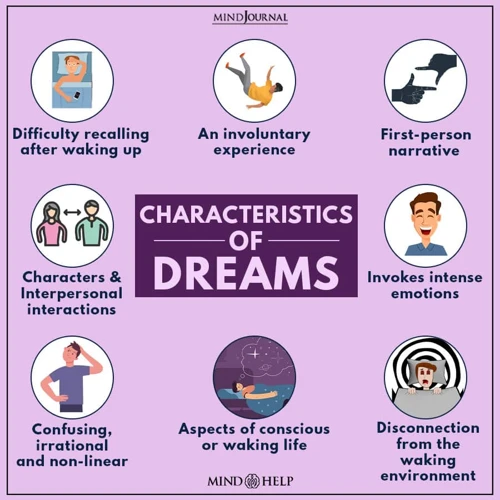
Neurobiological perspectives shed light upon the physiological processes that occur within the brain during sleep and dreams. One key aspect is the relationship between dreams and rapid eye movement (REM) sleep, a stage characterized by heightened brain activity and vivid dreaming.
Subscribe to Our Newsletter
Sign up to receive the latest news and updates.
REM Sleep and Dreams
REM (Rapid Eye Movement) sleep is a crucial stage of the sleep cycle where most dreaming occurs. During this phase, our brain becomes highly active, resembling a state of wakefulness. REM sleep is characterized by rapid eye movements, increased brain activity, and temporary paralysis of voluntary muscles. It is during REM sleep that our dreams tend to be vivid, immersive experiences, often filled with a plethora of emotions, scenarios, and imagery. This stage is believed to play a significant role in memory consolidation, emotional processing, and creative thinking. Researchers have found a correlation between REM sleep deprivation and negative impacts on cognitive function, mood, and overall well-being. Exploring the relationship between REM sleep and dreams provides valuable insights into the intricate workings of the human mind during sleep.
Brain Activity in Dreams
Understanding the intricacies of brain activity during dreams is a fascinating area of research. Through advancements in neuroscience and brain imaging technology, scientists have gained insights into the neural processes that occur while we dream. During REM sleep, which is strongly associated with dreaming, the brain exhibits heightened activity, particularly in the limbic system and the frontal cortex. This suggests that emotions, memories, and cognitive processes play a significant role in shaping our dream experiences. Additionally, studies have shown that the brain during REM sleep resembles the brain of an awake individual, with similar patterns of neuronal firing. This supports the notion that dreams are not random but may be a reflection of our thoughts, experiences, and the processing of information. The intricate dance of neural activity within our sleeping minds continues to intrigue researchers as they strive to unlock the secrets of this enigmatic phenomenon.
Cultural Perspectives on Dreams
Dreams hold a unique cultural significance across different societies, offering insights into the collective values, beliefs, and traditions of a community. In Native American cultures, dreams are considered sacred and serve as a pathway for communication with spirits and ancestors. Native Americans often engage in rituals to enhance dream experiences and seek guidance from the spiritual realm. Similarly, in Asian cultures, dreams are believed to provide glimpses into future events and are seen as a source of wisdom and guidance. Dream interpreters play a significant role in helping individuals decipher the meaning and messages embedded within their dreams. While the interpretation of dreams may vary across cultures, there is a common thread connecting the importance placed on seeking meaning and understanding in our nocturnal experiences. By exploring the cultural perspectives on dreams, we gain a deeper appreciation for the diverse ways in which dreams are valued and utilized as a source of insight and intuition.
Native American Dream Traditions
Native American cultures have long held a rich tradition of honoring dreams and considering them as pivotal in guiding individuals on their life paths. These traditions vary across different tribes, but they share a common belief that dreams hold significant messages and insights. For many Native American tribes, dreams are seen as a means of communication with spiritual entities and ancestors. Dream interpretation plays a crucial role within these traditions, with shamans or spiritual leaders often guiding individuals to understand the symbolism and messages within their dreams. Visions received during dreams are believed to provide guidance, healing, and answers to important questions. It is also common for individuals to seek out vision quests or ceremonies, where they embark on a journey to connect with the spiritual realm and receive messages through dreams. The emphasis on dreams within Native American cultures highlights their reverence for the subconscious mind and the belief in the interconnectedness of the spiritual and physical worlds.
Asian Dream Interpretation
Asian cultures have a rich history of dream interpretation, with diverse beliefs and symbols associated with the realm of dreams. In Asian dream interpretation, dreams are often seen as a reflection of one’s spiritual or ancestral connection. Dreams are believed to provide insight into future events, personal well-being, and even guidance from divine entities. In Chinese culture, for example, dreaming of certain animals or natural elements may be seen as auspicious or indicative of specific life events. Similarly, in Japanese culture, dreams are often seen as omens or signs from the spiritual realm. Understanding the nuances and symbolism within Asian dream interpretation allows individuals to tap into a deeper understanding of their subconscious minds and navigate their waking lives with a sense of purpose and clarity.
Conclusion
In conclusion, the exploration of dream theories opens up a world of fascination, insight, and introspection. From the Freudian emphasis on unconscious desires to the Jungian focus on archetypes and the cognitive dream theory’s interpretation of problem-solving, each perspective provides a unique lens through which we can understand the complexities of the human mind. The activation-synthesis theory challenges traditional notions, suggesting that dreams are a result of random brain activity. Additionally, considering the neurobiological and cultural perspectives sheds light on the intricate nature of dreams. While there may not be a definitive answer to the meaning of every dream, exploring these theories allows us to appreciate the richness and significance of our nocturnal adventures. So, next time you find yourself pondering the meaning of a dream, remember that the secrets held within can provide valuable insights into your inner world. Infestation dream meaning or dreams of termites? The interpretation is yours to unravel.
Frequently Asked Questions
What is dream interpretation?
Dream interpretation is the process of assigning meaning to the symbols, themes, and events that occur in our dreams. It involves analyzing the content of dreams to gain insights into our subconscious thoughts, emotions, and experiences.
Can dreams help us solve problems?
Yes, dreams can play a role in problem-solving. During sleep, our minds continue to process information and emotions from our waking lives. Dreams can provide alternative perspectives, creative solutions, and new insights that may aid in problem-solving.
Why do some dreams feel so vivid and realistic?
Vivid and realistic dreams often occur during the rapid eye movement (REM) stage of sleep. During this stage, brain activity increases, and dreams become more visually and emotionally immersive, leading to a heightened sense of realism.
What is the purpose of nightmares?
Nightmares may serve as a way for our minds to process and cope with fears, anxieties, and traumatic experiences. They can also act as warning signs, alerting us to potential threats or unresolved emotional issues that need attention.
Do dreams have universal symbols and meanings?
While certain symbols and themes may have common interpretations across cultures and individuals, dream symbolism is highly subjective. Symbols and their meanings can vary based on personal experiences, cultural backgrounds, and individual beliefs.
What did Sigmund Freud believe about dreams?
Sigmund Freud believed that dreams serve as a window into the unconscious mind. He posited that dreams fulfill hidden desires, express repressed emotions, and provide access to repressed memories and unresolved conflicts.
How did Carl Jung approach dream analysis?
Carl Jung, a renowned psychologist, emphasized the importance of dream symbols and archetypes in understanding the self. He believed that dreams reflect the collective unconscious, universal patterns and themes shared by all humans.
What is the role of the collective unconscious in dreams?
The collective unconscious, as proposed by Carl Jung, is a reservoir of shared knowledge and experiences that all individuals inherit. In dreams, the collective unconscious can manifest in archetypal symbols that carry universal meanings and themes.
How does the brain process information during dreams?
According to cognitive dream theory, the brain processes and organizes information during sleep to strengthen memories, consolidate learning, and integrate new experiences into existing knowledge networks.
What do native American cultures believe about dreams?
Native American cultures interpret dreams as a means of receiving guidance, messages from spirits, and connecting with the spiritual realm. Dreams are often seen as a sacred and integral part of their belief systems.

